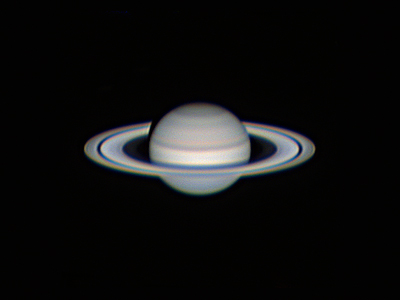
Telescope: Celestron C11 @ f/25, Orion Atlas EQ-G
Camera: ZWO ASI462MC, 2.5x Powermate
Filter: Highpoint Scientific IR Filter
Seeing: poor to fair, 2-3/5
Exposure: 5% of 5min @ 15msec, gain 400, saved as RAW8, SER
Histogram: 75%
White Balance: Nebulosity Automatic
Software: SharpCap Pro, AutoStakkert, Registax, Nebulosity, WinJUPOs, Photoshop
It has been quite a while since I have done any extensive planetary imaging, but I’m starting to get the hang of it. I wasn’t planning on imaging Saturn as the seeing wasn’t forecast to be very good, but it was better than I had expected. I wanted to test some camera settings and processing work flow that I am working on and I’m pretty happy with the results. A big part of this is getting comfortable with this fairly old (1994) C11 that I have been working with and it seems to be settling in nicely.
Saturn is well placed in the evening sky rising in the east as the sun set and high in the south by midnight.
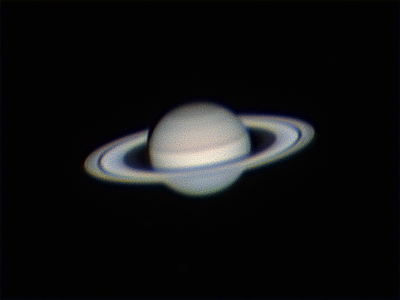
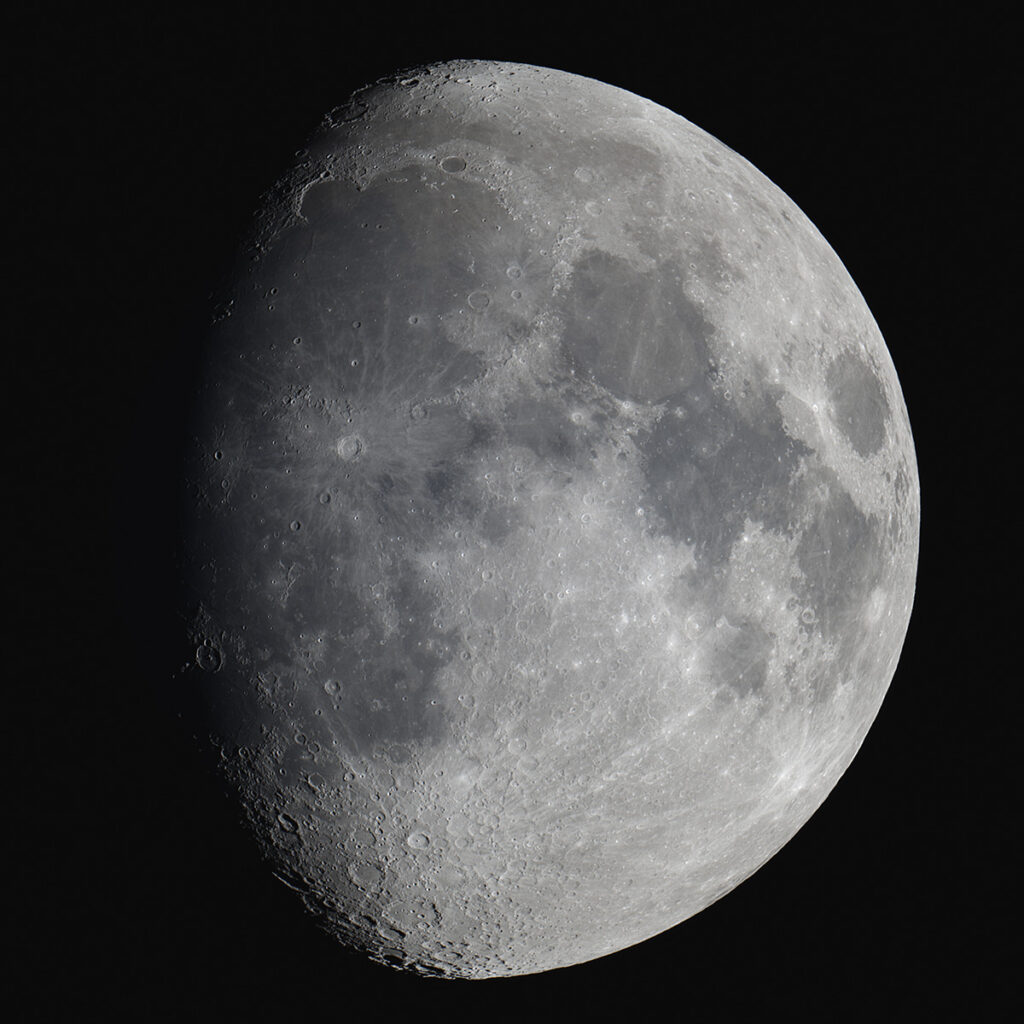
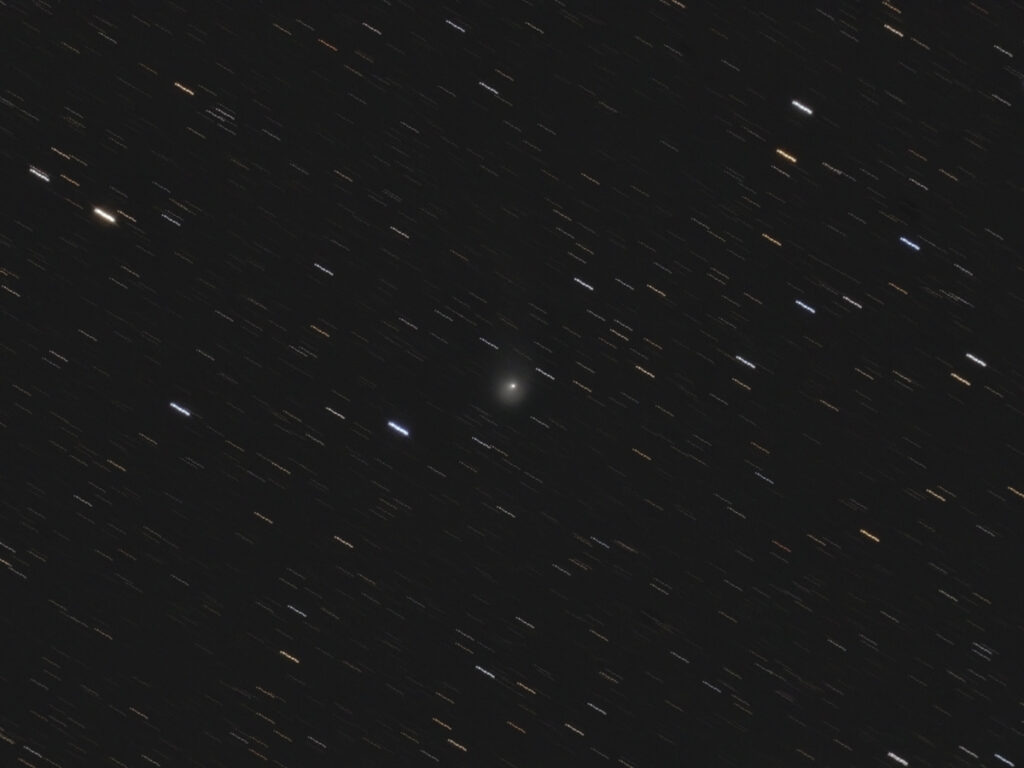
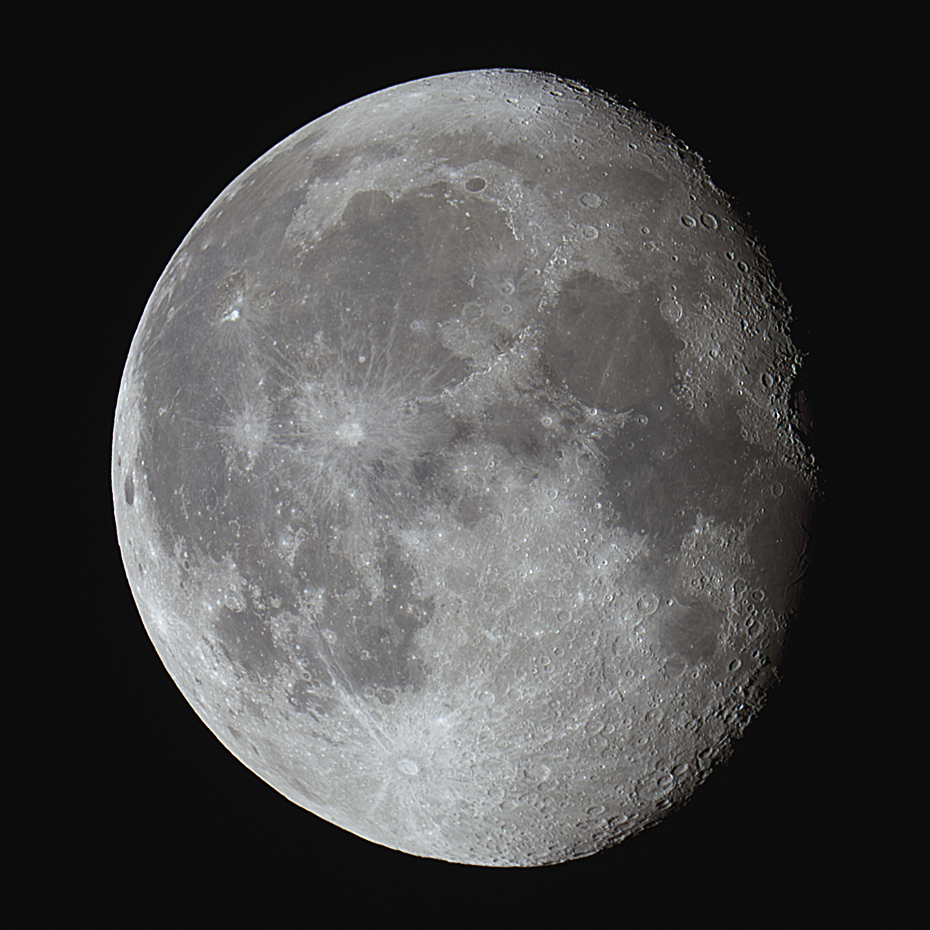

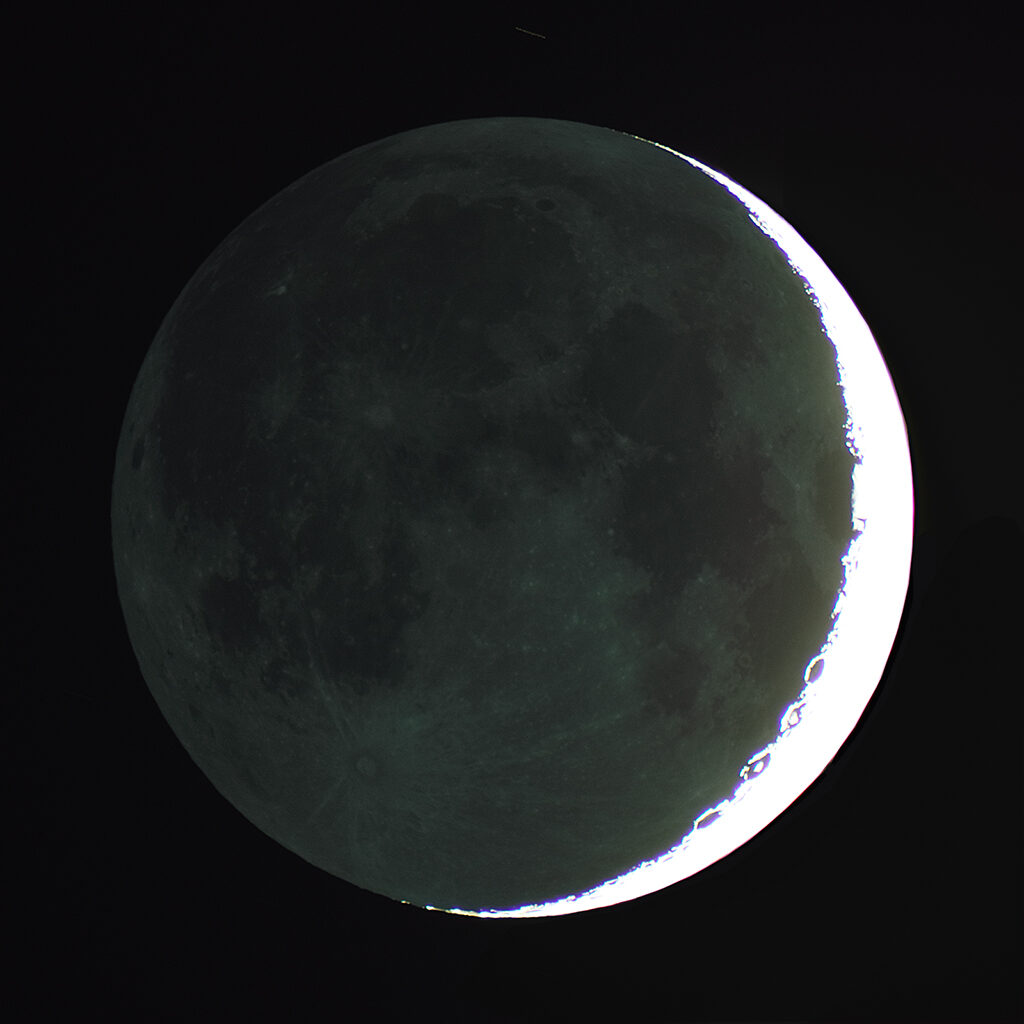
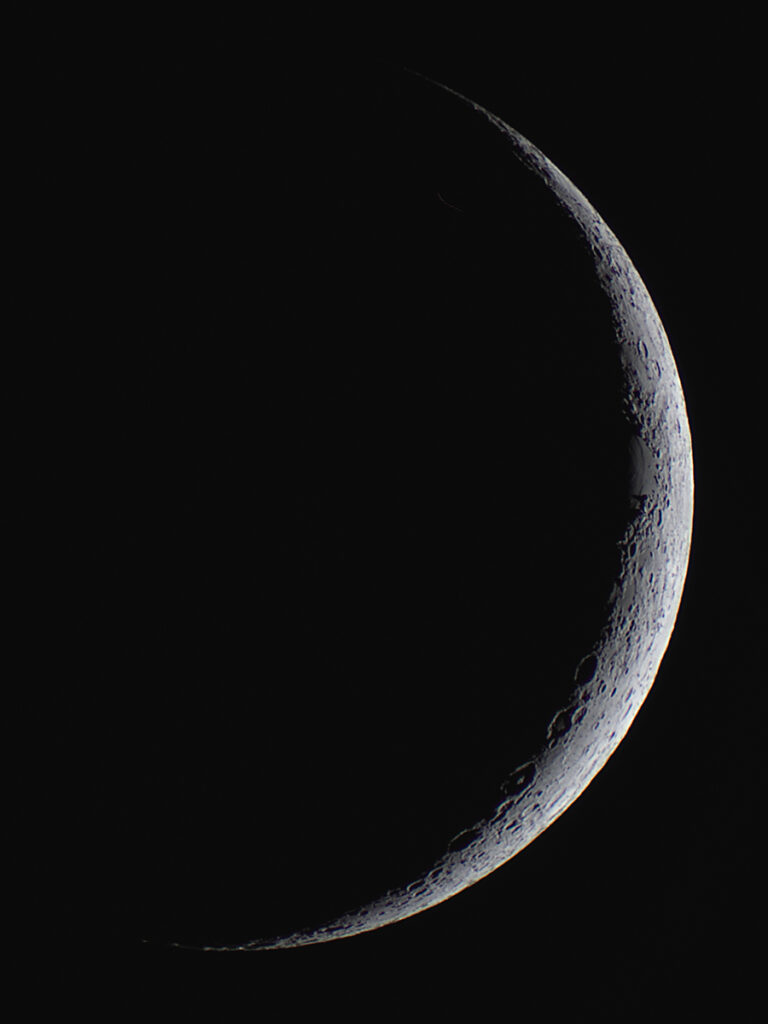
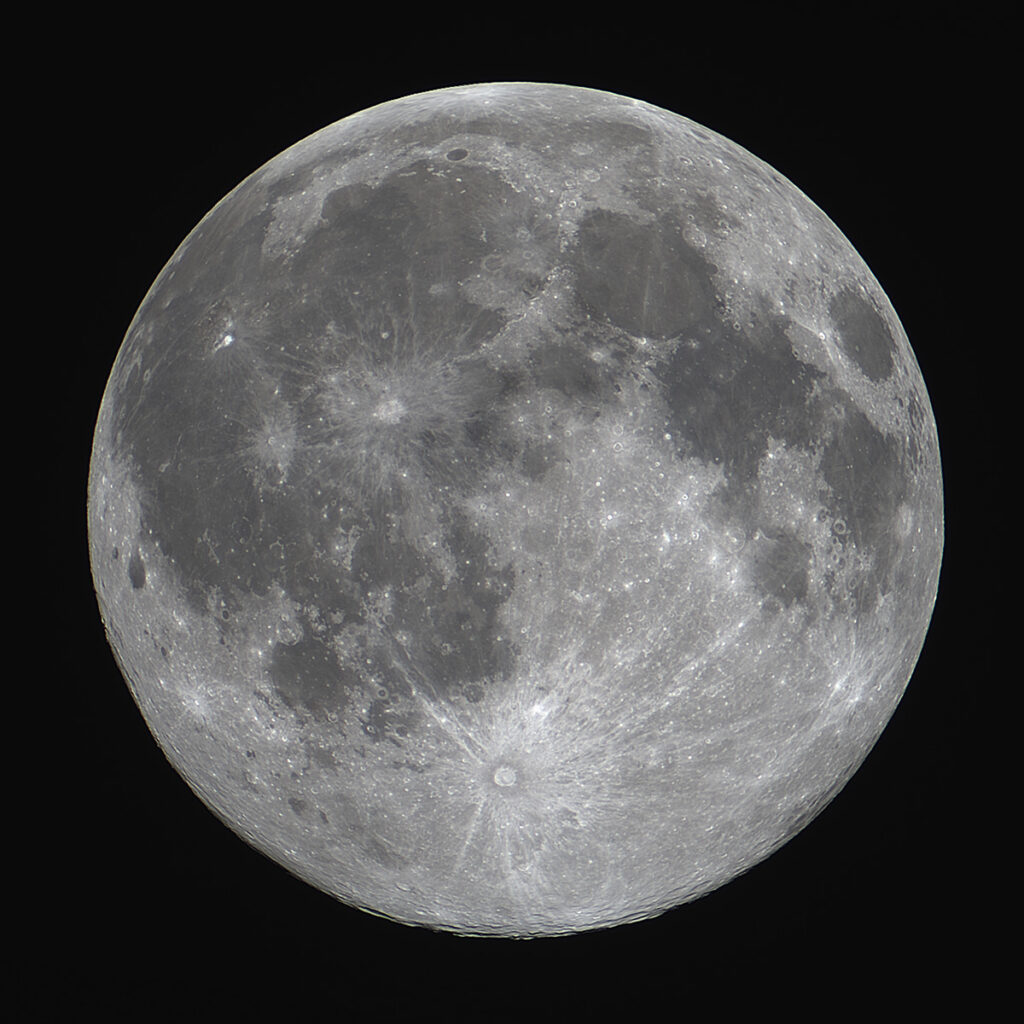
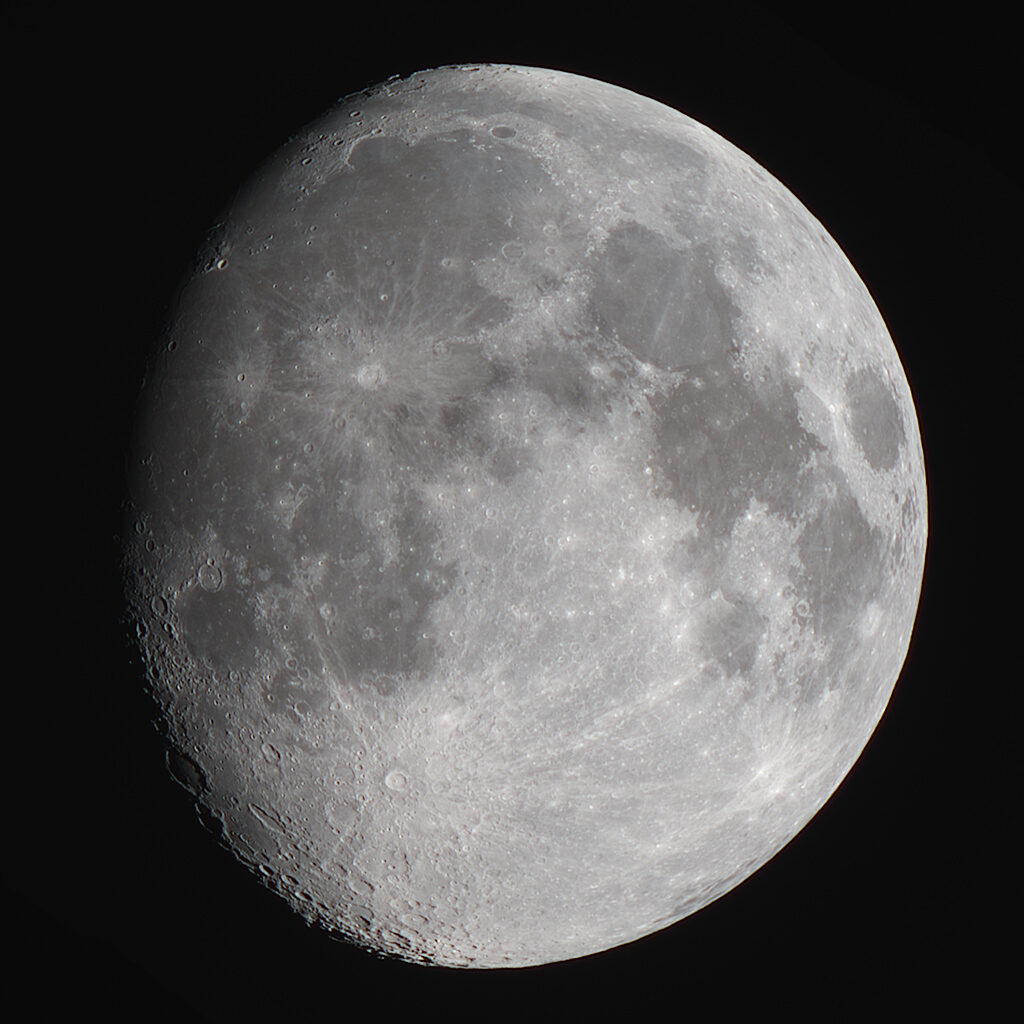
Recent Comments